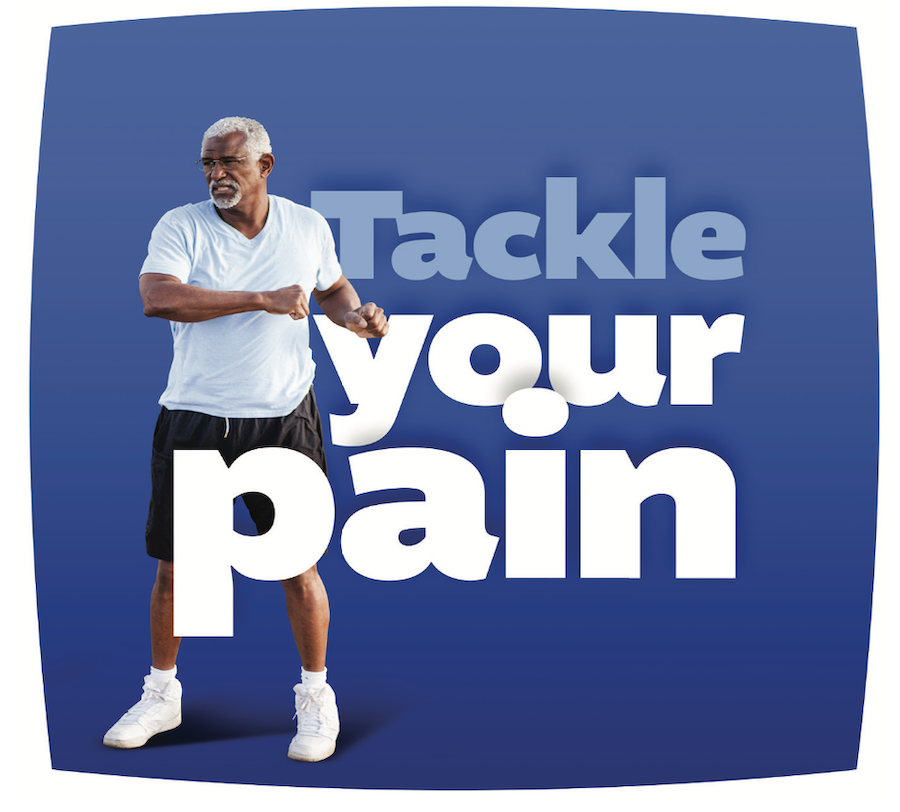News
Play It Safe When Working Out
July 14, 2025
From pickleball courts to weight rooms, more Americans than ever are lacing up their sneakers and getting active — a great trend for public health, but one that comes with an increased risk of injury. In fact, according to the Centers for Disease Control and Prevention (CDC), more than 7,000 people receive treatment in our nation’s emergency departments each day for injuries sustained in sports, recreation and exercise activities.
“Most sports injuries are the result of inadequate instruction/training, structural defects in the body, and weaknesses in the body,” says Dr. John Tullos, an orthopedist at Southern Tennessee Orthopedics – Pulaski. “For this reason, understanding proper technique, understanding your general health, and listening to your body are paramount in preventing injuries.”
Consider these tips for helping ensure your next workout or game is safe and pain-free:
- Visit your doctor before beginning a new exercise/sports program and then commit to routine physicals. Your doctor can help you determine the appropriate type and amount of exercise. He/she can also help you identify potential problems before they occur.
- Consider a personal trainer or ask for help before using unfamiliar gym equipment.
- If you’re participating in a sport, make sure you use the proper gear – even when you’re just practicing. It’s also important to have a clear understanding of the rules of the game.
- Always warm up before you exercise. A gradual warm-up can go a long way to prevent injuries. Your warm-up can consist of stretching, walking, jogging or simply doing your regular activity at a much slower pace.
- Don't work out on empty. While you don't want to exercise immediately after eating a large meal, eating about two hours before exercise can help fuel your exercise.
- Stay hydrated. Try to drink at least 16 ounces of water in the two hours before your work out and then take in water throughout your workout to replace any lost fluids.
- Gradually increase time and intensity. When starting an exercise program, it’s easy to go too hard, too soon. Begin with moderate exercise – about 20 minutes, three times per week – and then gradually build up.
- Cross train. In addition to helping reduce workout boredom, cross-training allows you to get a full-body workout without overstressing certain muscle groups.
- Listen to your body. If you experience any sharp pain, weakness or light-headedness, pay attention. This is your body's signal that something is wrong and you should stop what you’re doing. Pushing through acute pain is the fastest way to develop a severe or chronic injury.
- Take time for rest and recovery. In addition to getting enough sleep, it is important to take some rest days. Working out too much for too long can lead to fatigue, injury and possibly reduce your immunity
“I can’t say enough how important it is to rest when you’re tired or hurt,” says Dr. Tullos. “While you’re healing, you can try another activity that doesn’t stress the injured area. Slowly resume your regular activity only when you’re free of pain.”
If you’ve strained or sprained a muscle, ligament, tendon, or bone, Dr. Tullos suggests following the PEACE & LOVE method for optimal recovery:
P – Protect: Avoid activities and movements that increase pain during the first few days after injury.
E – Elevate: Keep the injured area raised above the level of the heart as much as possible to reduce swelling.
A – Avoid Anti-Inflammatory Modalities: While it may be tempting, avoid using anti-inflammatory medications and ice in the early stages, as they may impair tissue healing.
C – Compress: Use elastic bandages or taping to help limit swelling.
E – Educate: Learn about your injury and understand that an active approach to recovery is often more beneficial than prolonged rest.
Once the acute phase has passed, show your injury some LOVE:
L – Load: Gradually reintroduce movement and stress to the injured area, as appropriate, to rebuild strength.
O – Optimism: Stay positive — a confident mindset can improve recovery outcomes.
V – Vascularization: Engage in pain-free cardiovascular activity to increase blood flow and support healing.
E – Exercise: Continue targeted exercises to restore mobility, strength, and proprioception.
Take our Joint Health Risk Assessment to see if you should speak with an orthopedist about finding the right treatment to help put the go in your get-up-and-go again.
